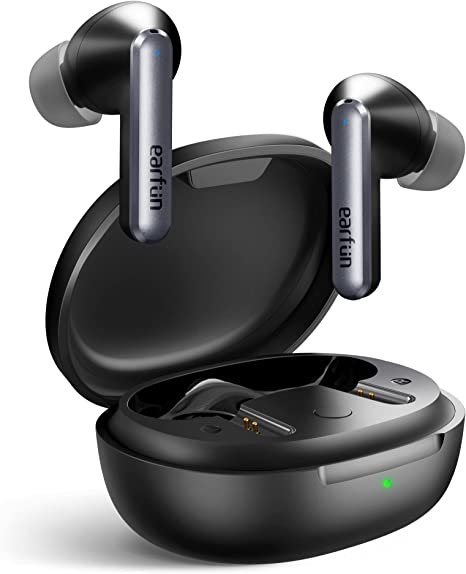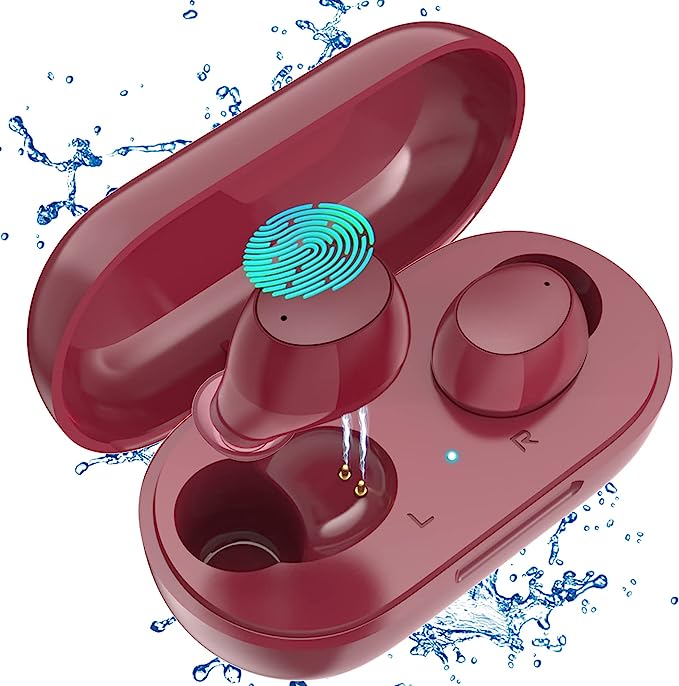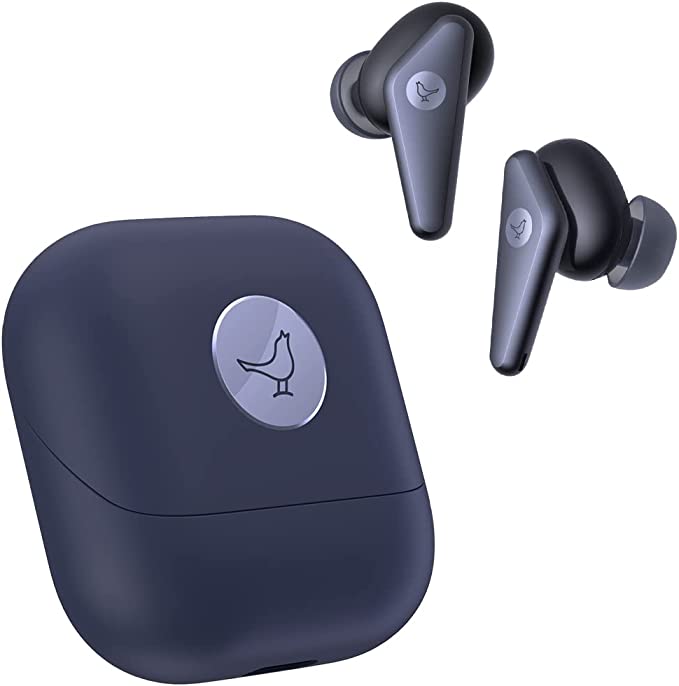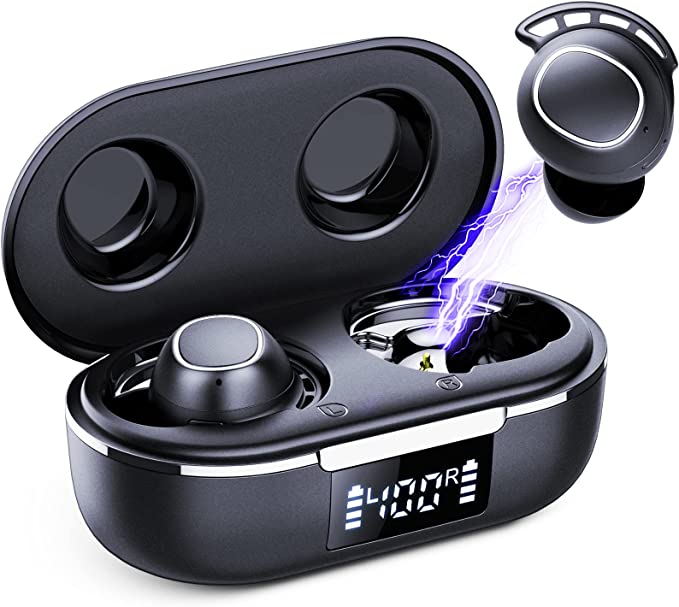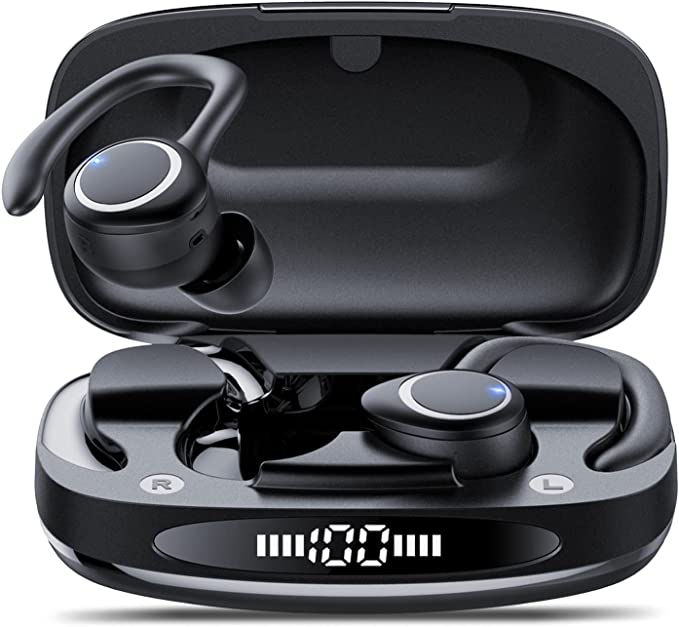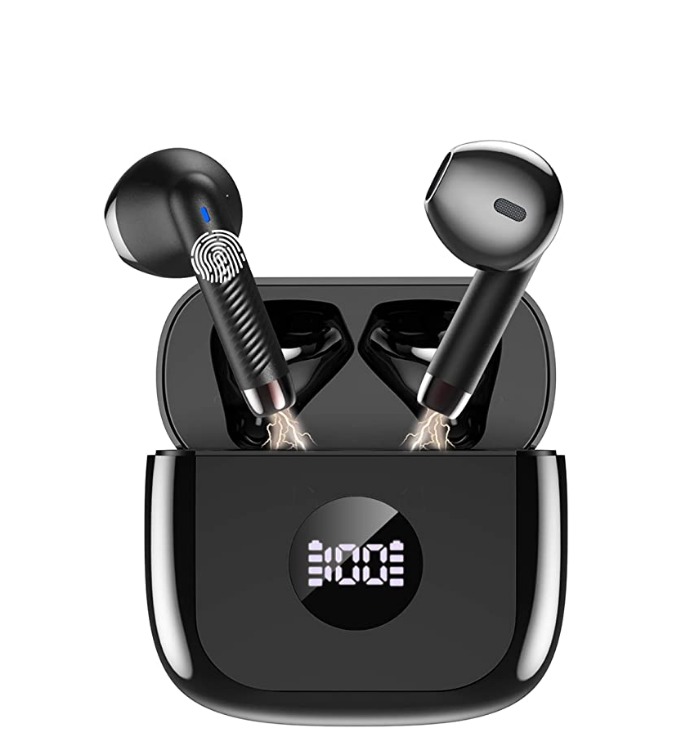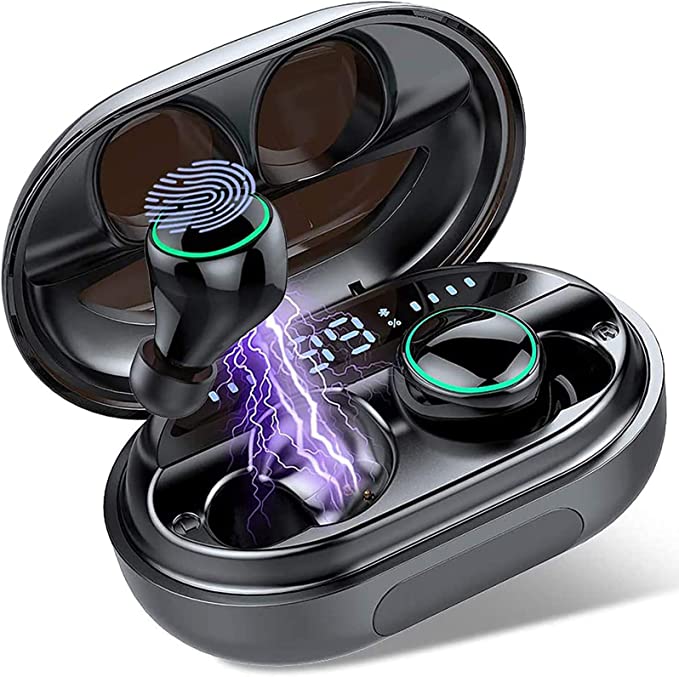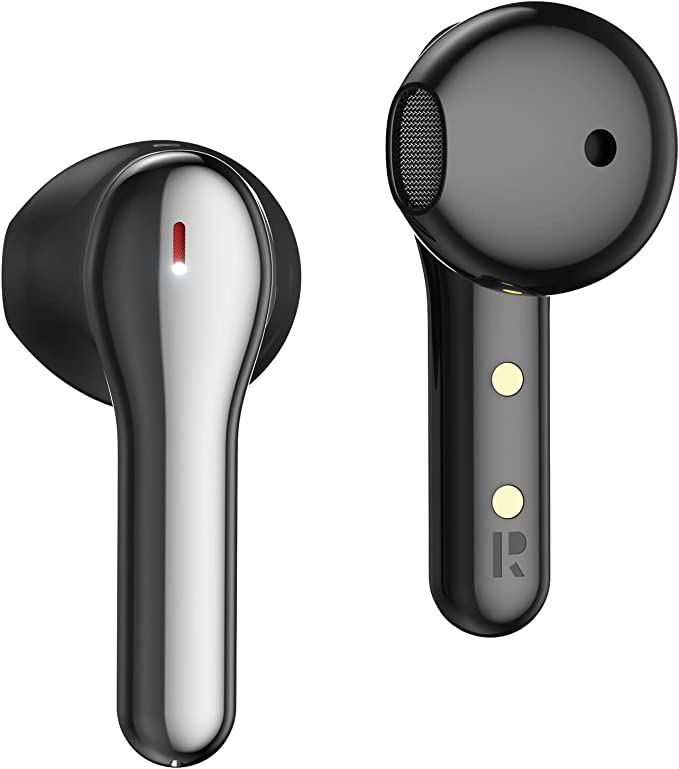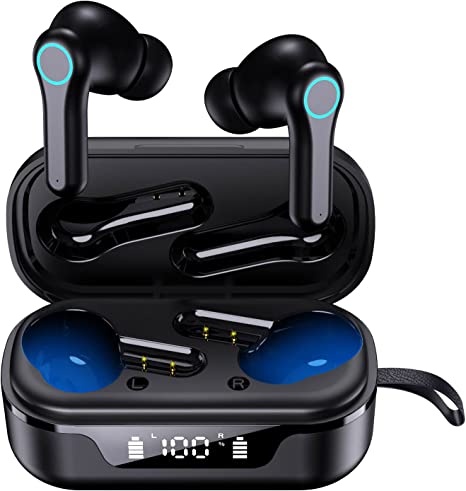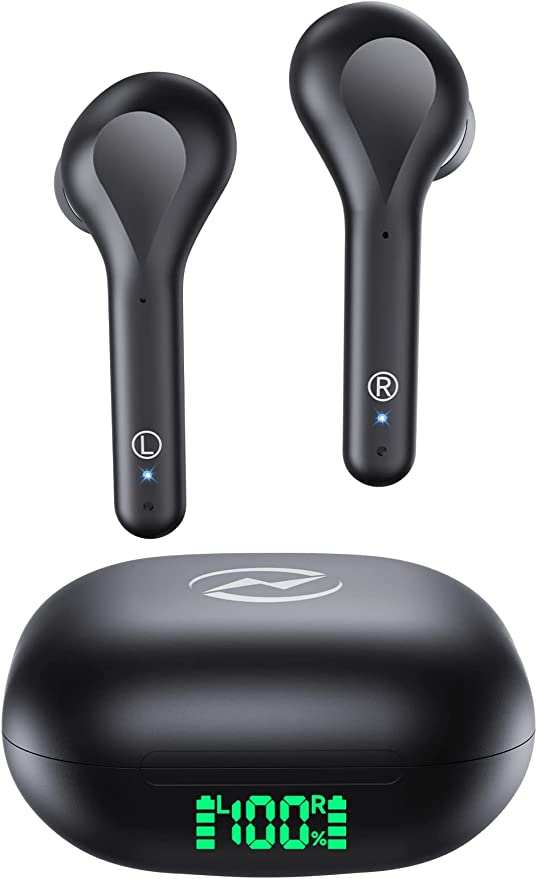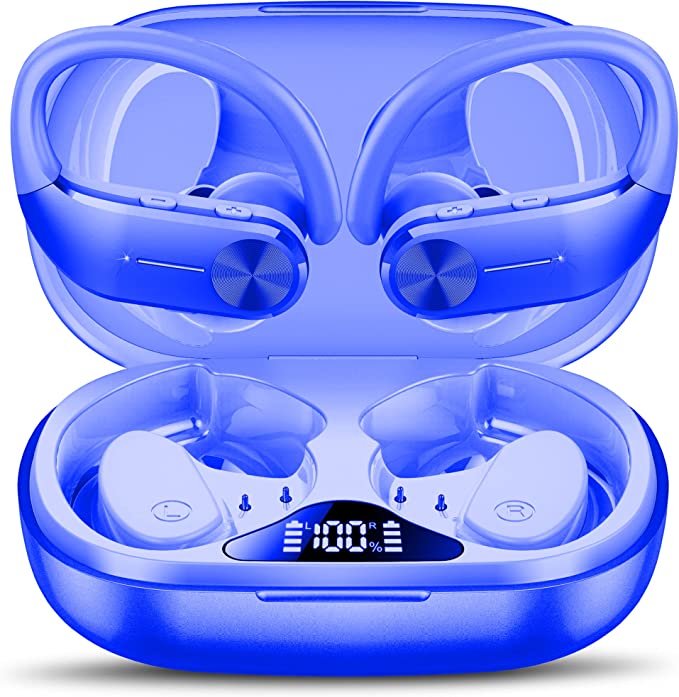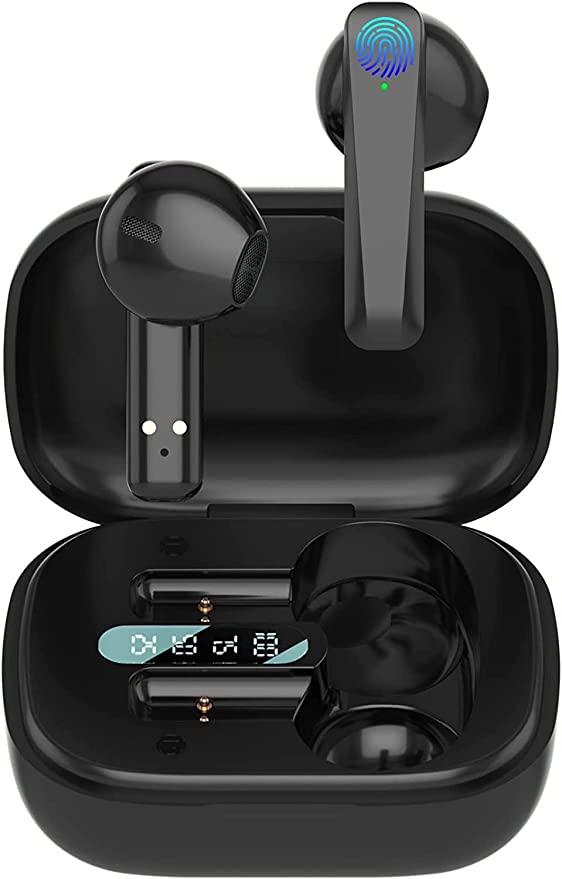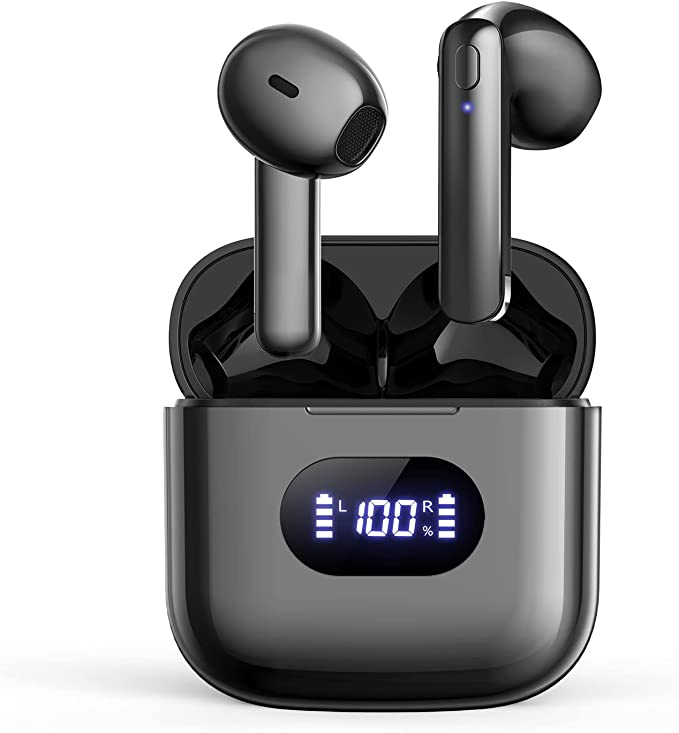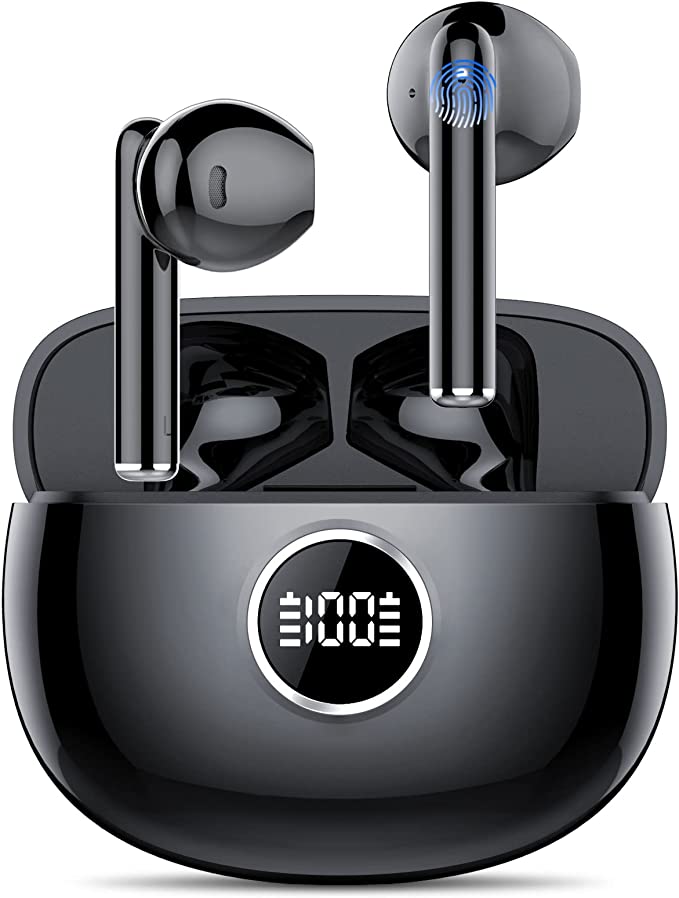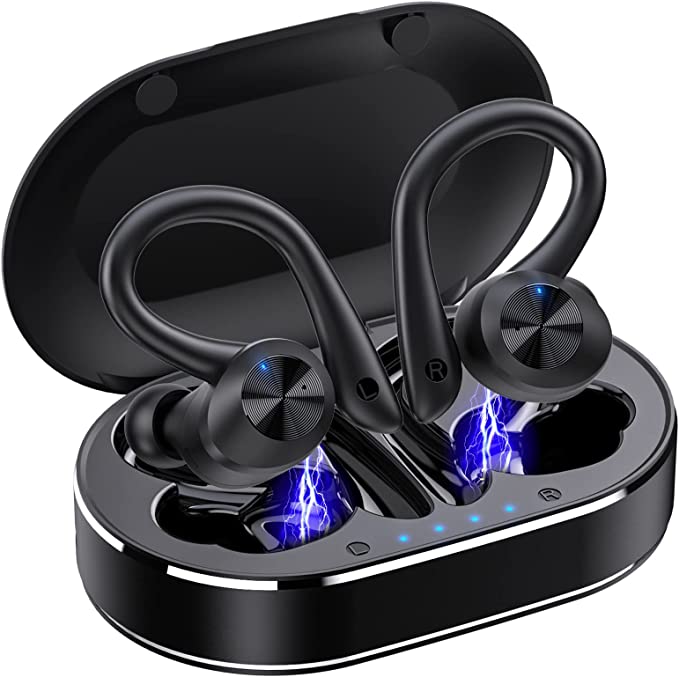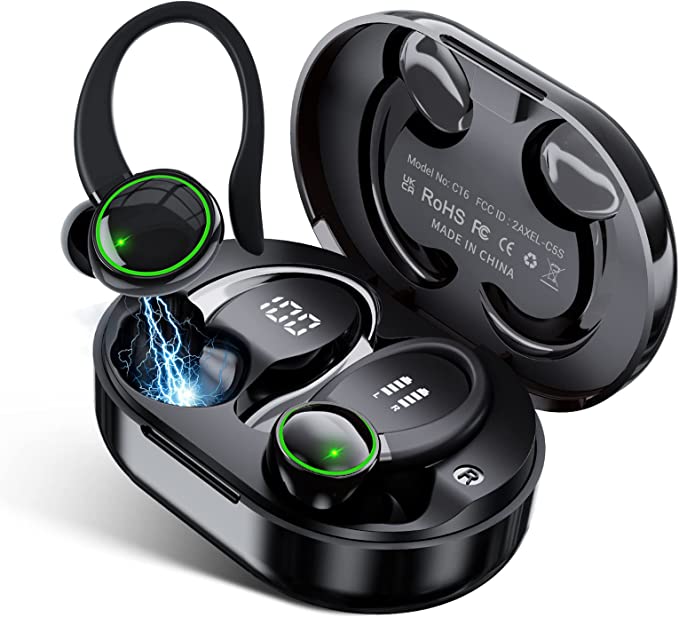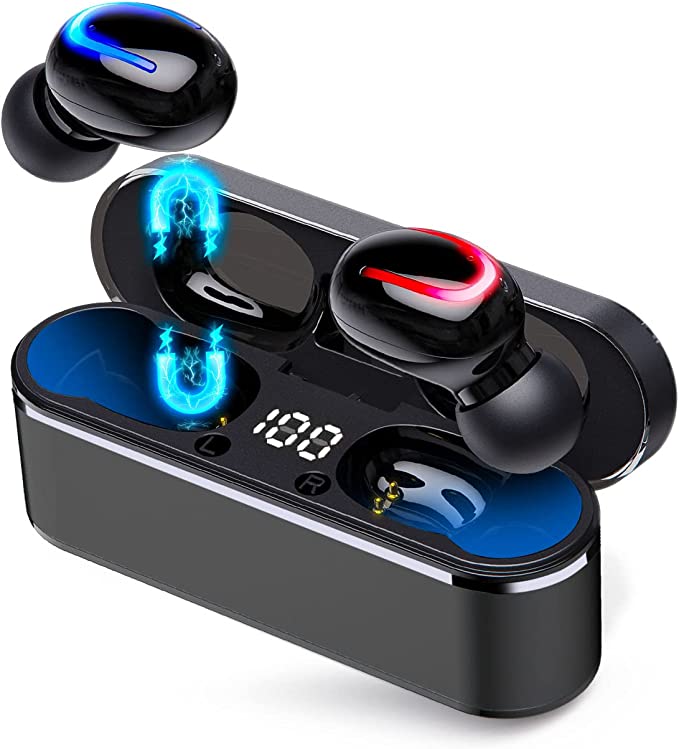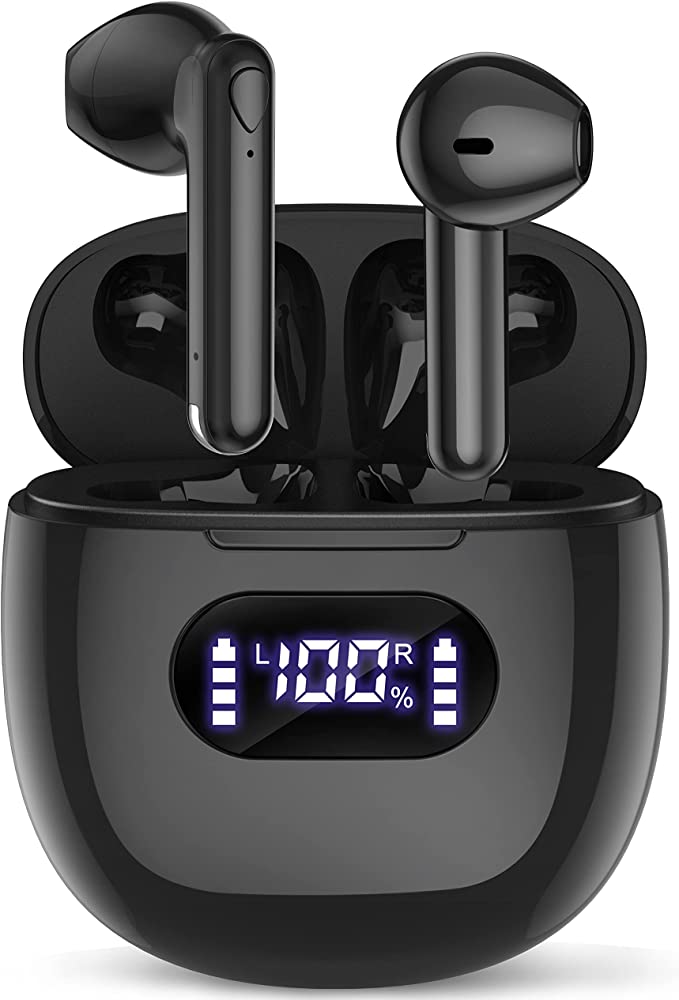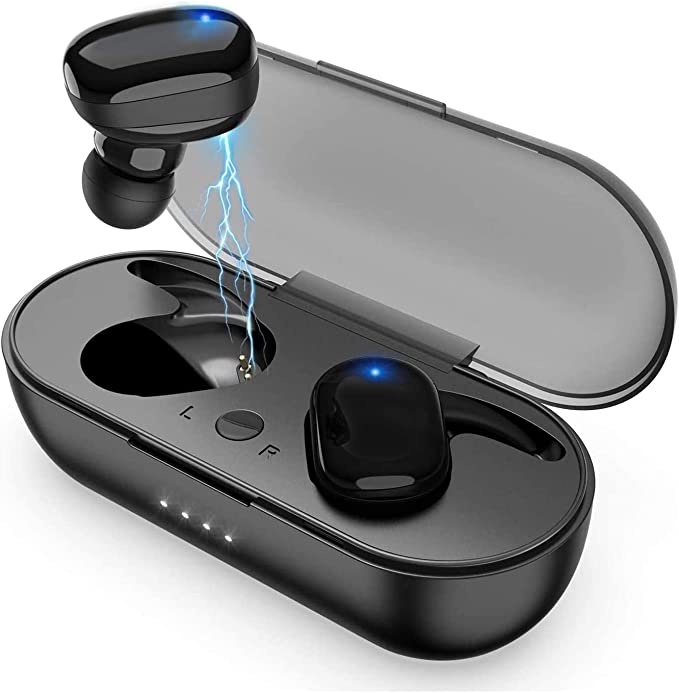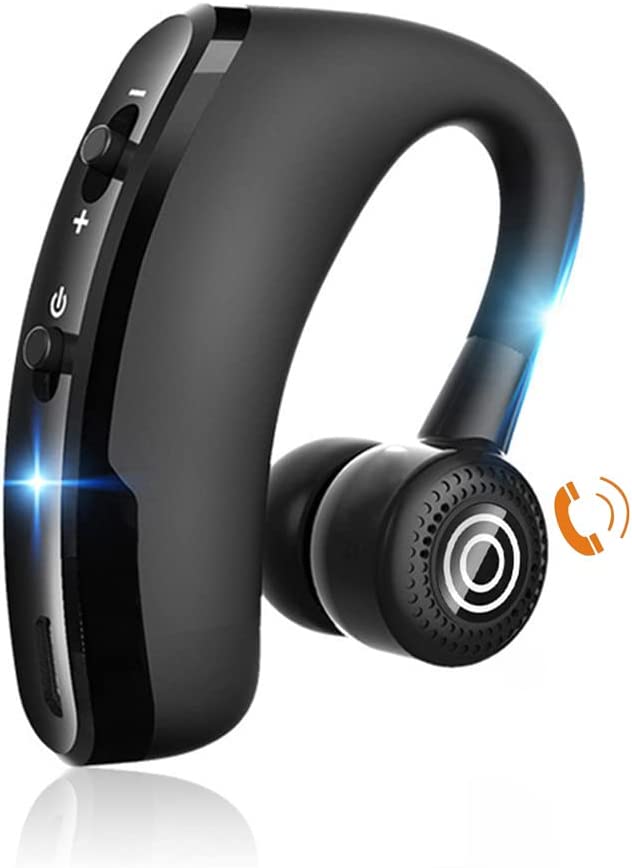Groove Your Way with the Works for Oppo A11k by Cellet XG01 Wireless Earbuds
Update on July 2, 2025, 11:21 a.m.
The King’s Unseen Teeth: A Deep Dive into the Science of Wireless Earbuds
Have you ever paused mid-song and wondered, “Why on earth is it called Bluetooth?” It seems an odd name for a technology that deals with invisible waves and crystal-clear audio. The answer, surprisingly, has nothing to do with modern dentistry and everything to do with a 10th-century Viking king who had a penchant for blueberries and a knack for unity. His name was Harald “Bluetooth” Gormsson, a ruler famed for uniting the feuding tribes of Denmark and Norway.
So, what does this ancient monarch have to do with the sleek wireless earbuds, perhaps a pair like the Cellet XG01, nestled in your ears right now? Everything. Just as King Harald brought warring factions together into a single kingdom, Bluetooth technology was created to unite the chaotic world of personal gadgets—phones, laptops, headphones—under one seamless, wireless standard. Let’s embark on a journey, from a Viking’s legacy to the silicon in your pocket, to truly understand the magic at play.

The Royal Decree of Connection
At its core, Bluetooth is a handshake. It’s a protocol that allows devices to talk to each other over short distances using low-power radio waves. When you see a specification like “BT V5.2” on a product box, you’re looking at the latest version of the king’s royal decree. Each new version represents a more efficient, more powerful set of laws governing his digital kingdom.
For decades, the primary challenge was to make this connection both stable and energy-efficient. Early Bluetooth was notorious for draining batteries and dropping connections. But Bluetooth 5.2 introduced a revolutionary new legal framework: LE Audio (Low Energy Audio). Think of it as the king discovering a way to send his messages using far less effort. For you, this translates directly into longer listening sessions before needing to reach for the charging case. LE Audio also brought with it the LC3 codec, a new “language” that allows for higher-quality sound at lower data rates, but we’ll get to the linguistics of it all in a moment. Furthermore, technologies within this standard are optimized for True Wireless Stereo (TWS) earbuds, ensuring the signal reaches both your left and right ear simultaneously, eliminating the frustrating lag that plagued older models. In essence, the modern Bluetooth chip in your earbud is a tiny, efficient viceroy, expertly managing the king’s domain.

Speaking the Royal Tongue: The Role of Codecs
Now, simply having your phone and earbuds united in the same kingdom isn’t enough. They need to speak the same language to convey the rich, complex message of your music. This is the job of an audio codec (short for coder-decoder). Imagine the codec as an official court translator tasked with taking the large, detailed digital file of a song from your phone and compressing it into a smaller package to be sent wirelessly to your earbuds, which then decompress it back into sound.
Not all translators are created equal.
- SBC (Subband Codec): This is the mandatory, default dialect. Every Bluetooth device understands it, but it’s a bit clumsy. It gets the basic meaning across, but some of the subtlety and detail of the original “speech” (your music) can get lost in translation.
- AAC (Advanced Audio Coding): This is the preferred language of Apple’s court. It’s a more sophisticated translator, and when implemented well, it delivers a much richer and more detailed audio experience than SBC.
- aptX: This is a family of languages developed by Qualcomm, popular in the Android world. It’s designed specifically for Bluetooth and focuses on maintaining high quality while, crucially, minimizing latency—the delay between the screen and the sound. For gamers or movie watchers, a low-latency translator like aptX is essential to ensure that an on-screen explosion is heard the instant it is seen.
So, when you’re enjoying a particularly crisp hi-hat or a deep, resonant bass line, thank the tiny, tireless translator in your device for speaking a language of quality.

The Fortress of Solitude and The Sorcerer’s Spell
To truly appreciate the king’s message, you need silence. You need a sanctuary from the cacophony of the outside world. Earbuds achieve this peace in two distinct ways, one rooted in brute-force physics and the other in something akin to magic.
First is Noise Isolation. This is the method used by in-ear models like the XG01. Think of it as building a physical fortress. The body of the earbud and, most importantly, the soft silicone tip, create a snug seal in your ear canal. This seal is a physical wall, a bastion that blocks and absorbs the energy of incoming sound waves. According to the principles of acoustics, this method is most effective against high-frequency sounds—the “sharp arrows” of the world, like office chatter, clattering dishes, or the hiss of traffic. It’s a simple, passive, yet remarkably effective defense.
Then there is the sorcerer’s spell: Active Noise Cancellation (ANC). This is a far more complex art. An ANC-equipped earbud has tiny microphones on the outside that act as sentinels, listening constantly to the surrounding environmental noise. They are particularly attuned to low-frequency drones—the “rumble of a distant siege engine,” like an airplane’s engine or the hum of an air conditioner. When a drone is detected, the earbud’s internal chip, our “court sorcerer,” instantly conjures an equal and opposite sound wave—a perfect anti-noise. When the original noise and the anti-noise meet at your eardrum, they cancel each other out in a beautiful display of wave interference, leaving you in a bubble of blissful silence.

The King’s Messengers: Ensuring Your Voice is Heard
The kingdom must not only receive messages but also send them. When you make a phone call, your voice is the royal decree that must be delivered with clarity. This is where a dual-microphone system comes into play.
Imagine the king dispatching two of his most trusted messengers. The first messenger stands right beside him, meticulously recording his every word (this is a microphone aimed to capture your voice). The second messenger is positioned at the bustling castle gate, taking note of all the public clamor and market noise (this is an external microphone capturing ambient sound).
Both reports are sent to the “wise vizier”—the Digital Signal Processor (DSP) chip inside the earbuds. This brilliant processor compares the two messages. It identifies the patterns of the background noise from the second messenger’s report and digitally subtracts that clamor from the first messenger’s report. The result is a clean, clear transmission containing only the king’s voice. This process, often called Environmental Noise Cancellation (ENC), is why you can have a coherent conversation on a windy street, your voice magically lifted from the surrounding chaos.

A Glimpse of the Future Kingdom
The legacy of Harald Bluetooth’s unifying vision continues to evolve. The next chapter is already being written with a technology called Auracast. Imagine the king standing on his balcony, able to broadcast a single decree that every single citizen in the town square can hear on their own personal listening device. That is Auracast. It will allow a single source—a TV in an airport lounge, a tour guide in a museum, a lecturer in a hall—to broadcast audio directly to an unlimited number of Bluetooth headphones in the vicinity. It’s a future of shared, yet personal, listening experiences.

From a Viking king’s ambition, symbolized by a curious nickname, has sprung an invisible kingdom that connects us all. The intricate dance of radio waves, algorithms, and acoustic physics happening within our ears is a modern marvel. Understanding it does more than satisfy curiosity; it transforms us from passive listeners into appreciative citizens of this vast, ever-expanding digital realm, empowered to choose the technology that truly serves us best.
